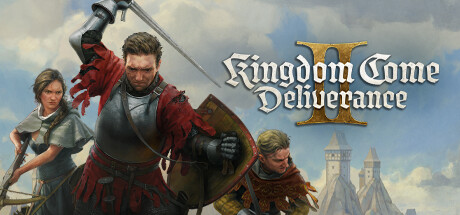Following the events of the first game’s conclusion, Henry and Hans Capon set out on what they assume will be a simple courier mission. Naturally, things don’t go as planned.
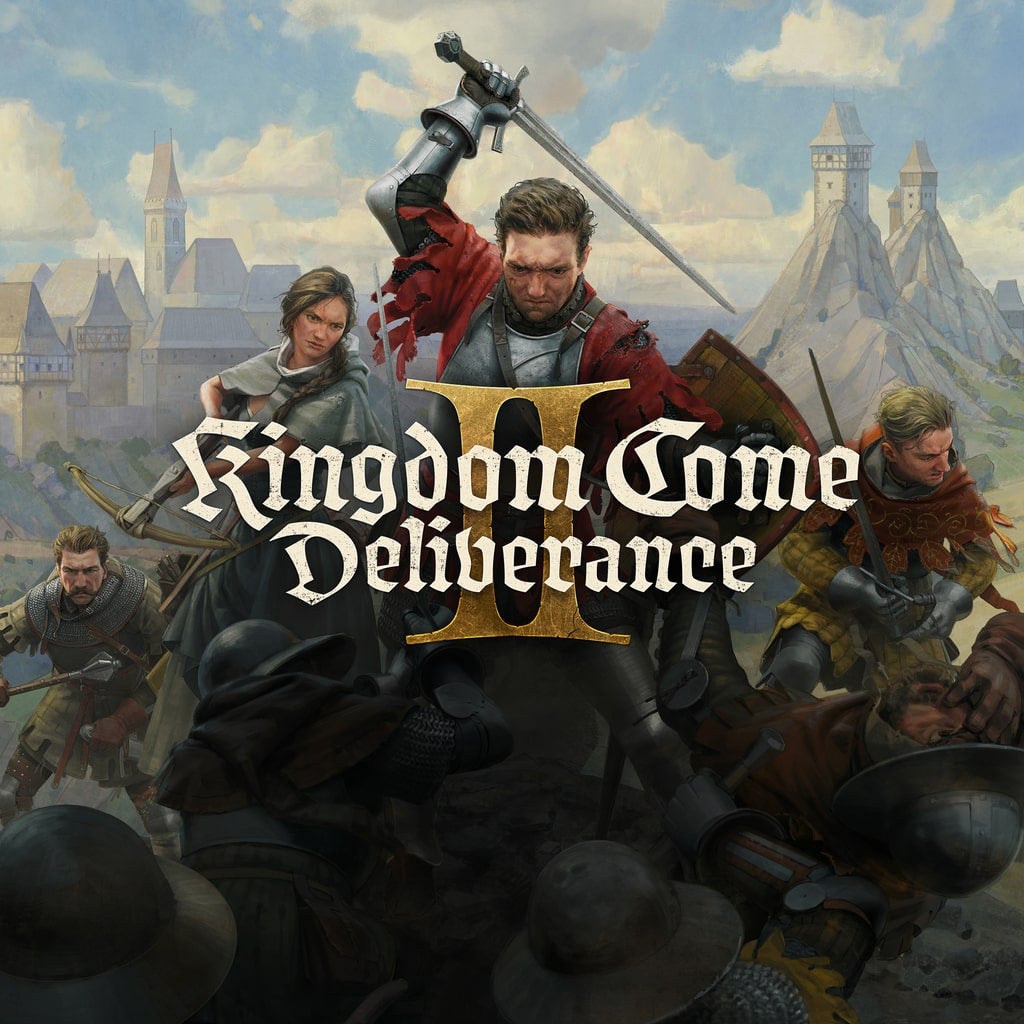
After a long journey, I finally completed Kingdom Come: Deliverance II, and I can confidently say I didn’t expect it to be this good. I loved playing and finishing the first game in the series, but when I saw the initial reviews for the sequel, I thought people were exaggerating. The original Kingdom Come: Deliverance didn’t garner the same level of popularity as this second installment, and many of those singing its praises hadn’t even played the first game. I assumed Kingdom Come: Deliverance II was just a slightly improved version of its predecessor, hyped up beyond reason.
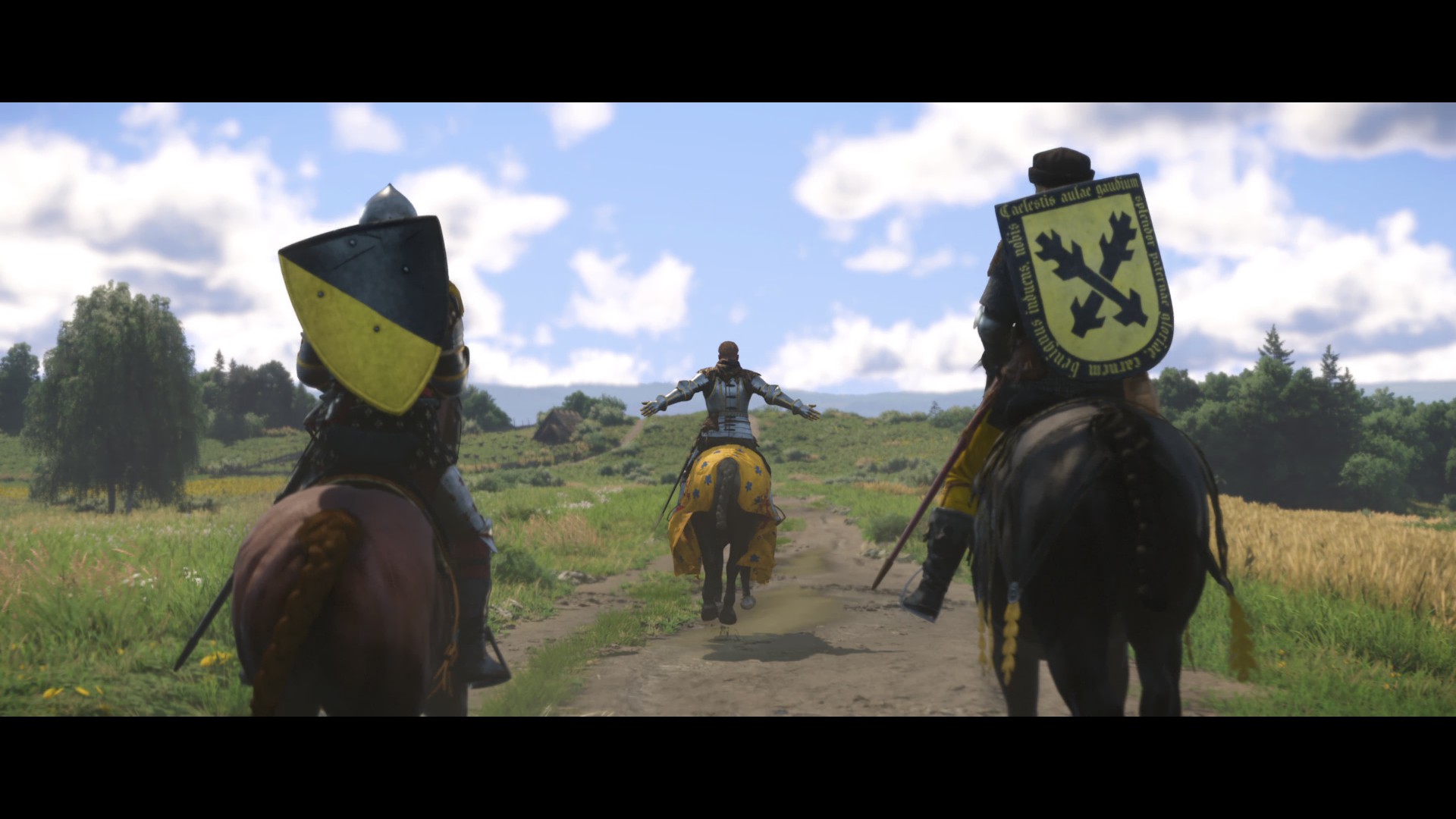
In the first few hours of gameplay, I felt validated in my skepticism. But then, the game kept raising the bar with every passing moment. I mean, I’ve done blacksmithing, worked in a labor camp, witnessed torture, and even played as a commander deciding which soldiers to sacrifice—all in this one game!
A Perfect Sequel to the First Game
Kingdom Come: Deliverance II is a flawless continuation of the original. They’ve built upon everything from the first game, and I can’t think of a single aspect where I’d say the predecessor did it better. It’s still challenging, incredibly realistic, and absolutely brilliant.
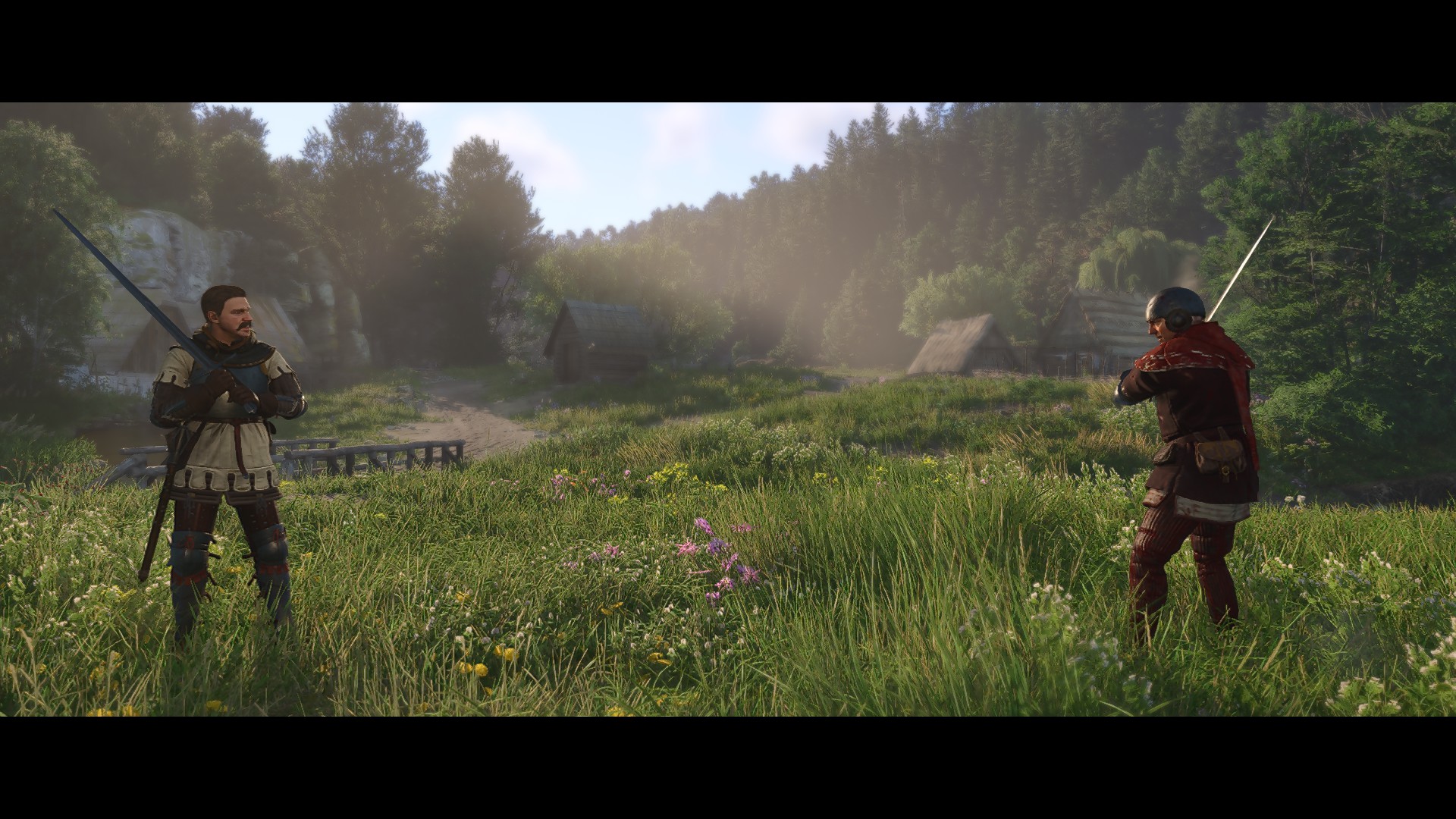
What sets Kingdom Come: Deliverance apart from other games is its unrelenting realism. You experience all the struggles and hardships a medieval peasant would face. Early in the game, I found myself stranded in an unfamiliar region with nothing to my name. Bandits raided my camp, and the city guards mistook me for a vagrant and threw me in stocks. No money, no job, no place to sleep—I felt like a modern-day broke youth. But I wasn’t there to wander aimlessly; I had a mission to deliver a message to a lord named Otto von Bergow. The problem? I couldn’t even get into the castle because they thought I was a beggar. I had to find a way to meet this lord.
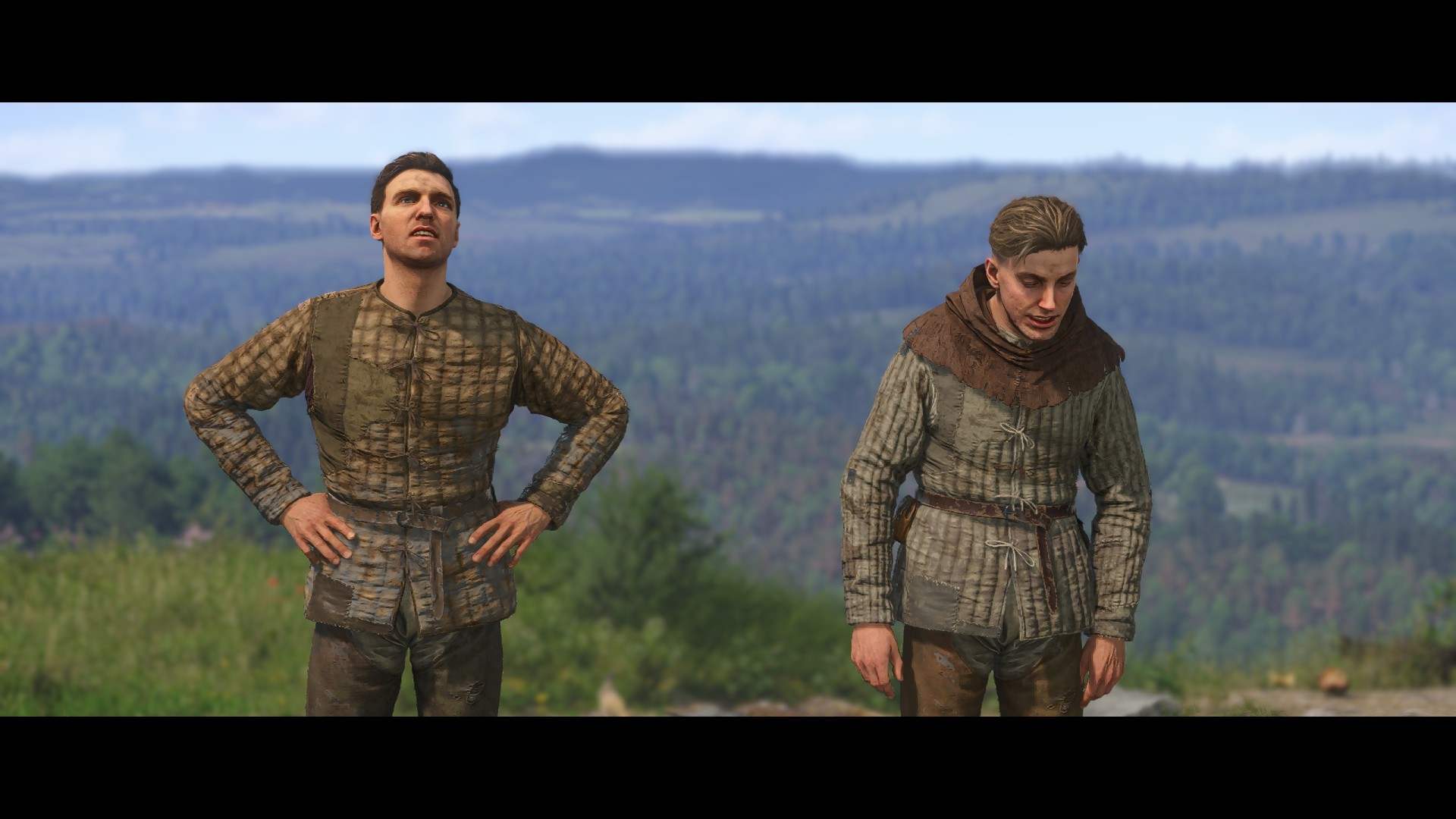
I learned that the lord would be attending a noble’s wedding. If I could somehow get myself into that wedding, I’d have a shot at speaking with him. But they weren’t about to let just anyone waltz in. So, I started working as an apprentice for a blacksmith preparing gifts for the wedding. Of course, he wasn’t going to take me on without proof of my worth. I told him, “My father was a blacksmith; I need this job.” To test me, he asked me to forge a sword. And forge it I did—but how I did it is the real story.
I gathered the iron, melted it down, shaped it with a mold, and then hammered the heated metal into a finely crafted blade. I’m talking serious blacksmithing here—I picked up a hammer and forged that sword step by step. Normally, you’d expect a quest like this to involve collecting materials and pressing a single button to finish the job, right? That’s what I thought too. But no—this game had me pounding out a sword like a pro. I learned the finer points of blacksmithing and can now forge a sword!
The blacksmith liked my work and started me off with simple errands. Eventually, I graduated to tougher tasks. He mentioned he once had two other apprentices who’d set out to make a delivery for the wedding but never returned. So, I tracked them down.
Along the way, I met the groom’s father and networked with everyone I could, securing my spot at the wedding. The big day arrived, but just as I was about to head out, the blacksmith stopped me. “What’s with those rags? You can’t go to a wedding looking like that—go clean yourself up!” Fair enough, but I didn’t have any other clothes. Buying new ones wasn’t an option either—no money. So, I “borrowed” some from someone else. After all, necessity breeds creativity.
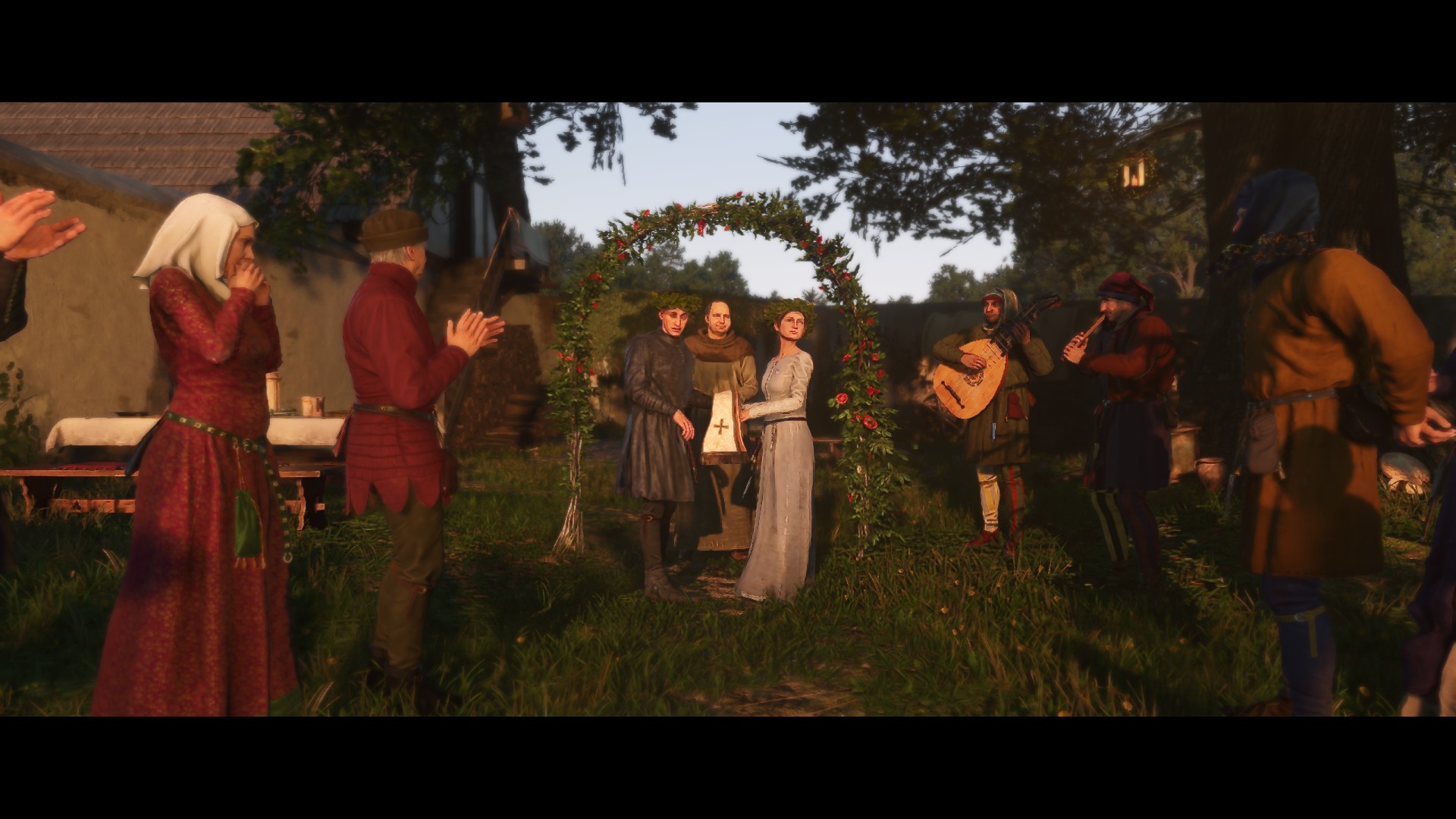
Finally, I made it to the wedding. I waited and waited for the lord to show up—but he didn’t. Frustrated, I accidentally sparked a fight at the event and ended up in a labor camp. While working there, I managed to find a way to speak with the lord at last.
This game takes you from unexpected lows to even more surprising highs. Almost every quest follows this pattern—nothing is ever a simple “done and dusted” task. They all grow complex and veer off into new directions.
At one point, I infiltrated an enemy military camp by posing as a young recruit eager to join their ranks. They gave me a task to prove myself: some of their soldiers had been sent on a mission and never returned, and I needed to find out what happened and retrieve a letter they were carrying. I searched high and low and eventually found them. Tired of fighting and risking their lives, they’d deserted and were living off the grid. When they saw me, they nearly attacked, but I calmed them down: “Relax, I just need the letter—I won’t rat you out.”
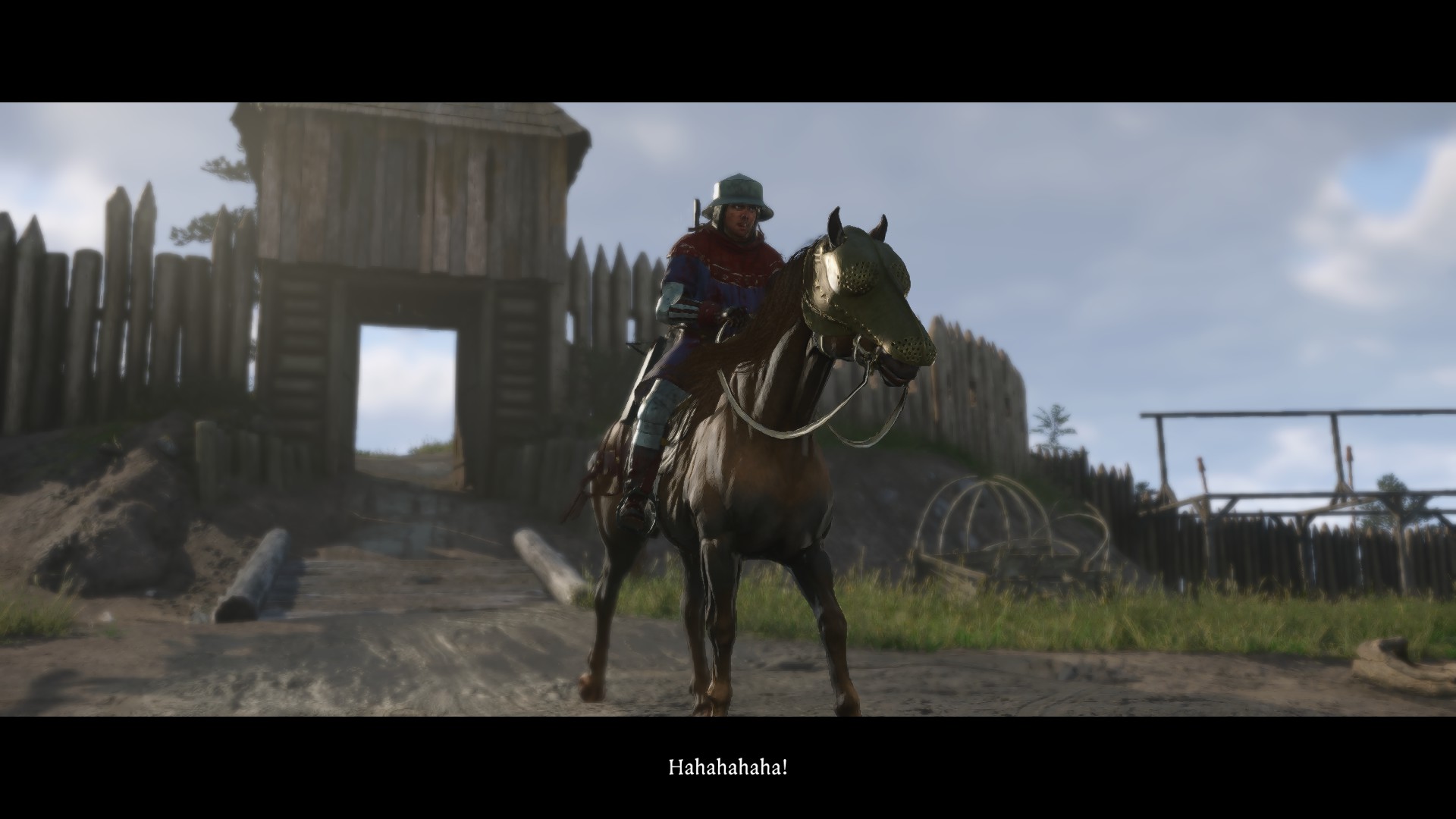
That made sense to them, so they handed over the letter. I hopped on my horse, rode back to camp, and delivered it. They asked what happened to the soldiers, and I snitched. I mean, I’m an undercover agent—I need to earn their trust. “They’ve set up camp over there; I snuck in and grabbed the letter,” I said. Last I saw, they were sending a squad to take them out.
Gameplay
In terms of gameplay, Kingdom Come: Deliverance II doesn’t stray too far from the first game. It’s more of a refined and slightly enhanced version of the original system. There’s no single addition that made me go, “Wow, this is a game-changer!” The biggest tweak is in combat: while the first game allowed attacks from five directions, this one reduces it to four by merging the two lower directions, simplifying the system a bit.
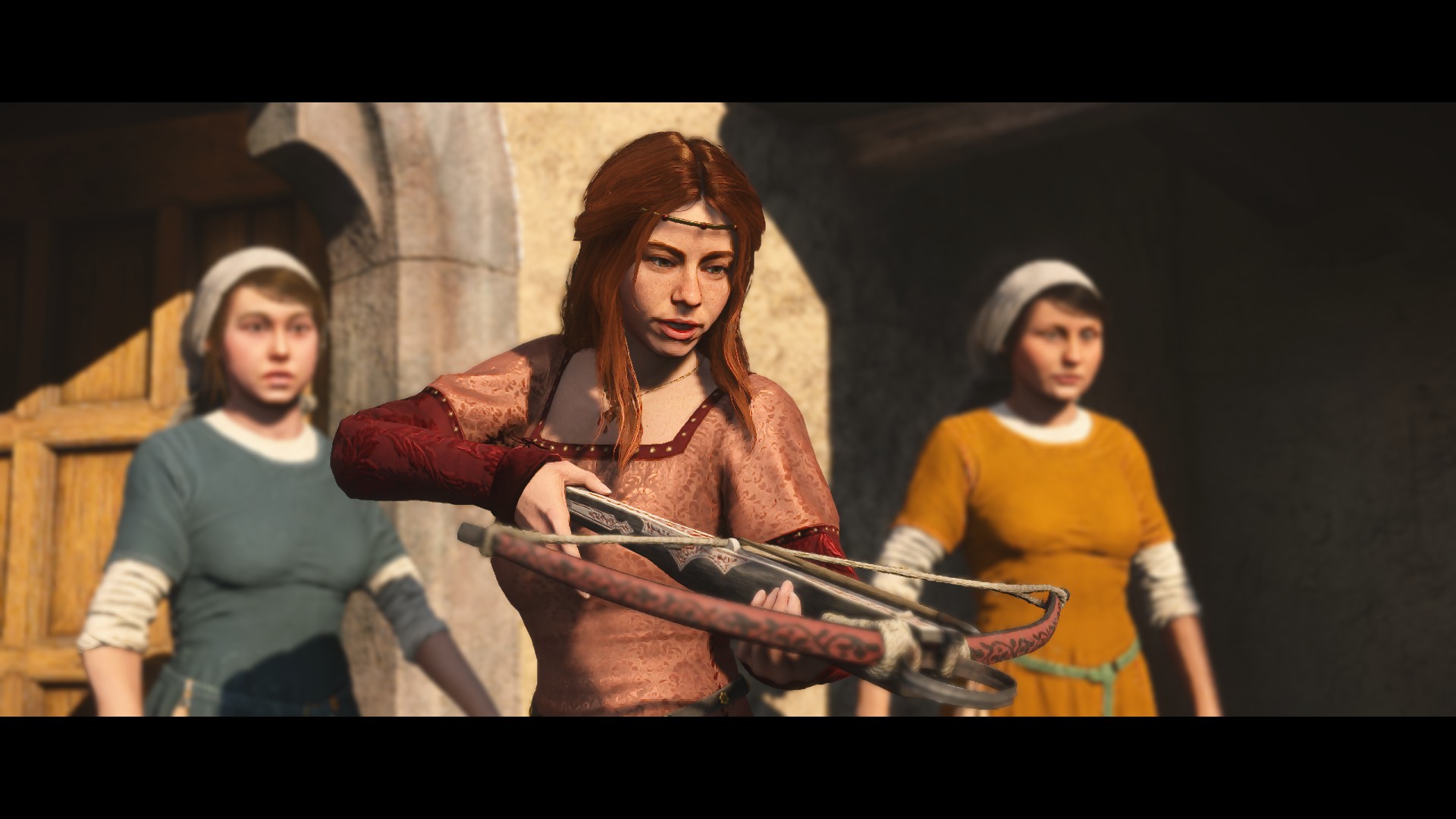
They’ve also added crossbows and primitive firearms. Using a crossbow is a blast—its animations are spot-on—but I can’t say the same for the firearms. True to history, they’re clunky and painfully slow. By the time you fire a shot, your enemy’s already slicing you up with a sword. They’re also tricky to control, so I barely touched them. The crossbow, though? Absolute perfection—it’s so immersive I’d feel outdone using a real one.
Masterful Direction
Speaking of immersion, this game pulls you in like few others. Every detail is meticulously crafted, with nothing overlooked. The cutscenes feel like watching a movie. I said the same about the Indiana Jones game, but Kingdom Come: Deliverance II takes it to another level. I’ve never seen cutscenes this cinematic—they’d fit right into a theater. The voice acting, performances, and camera angles? Flawless. In a word: perfection. Pure cinema.
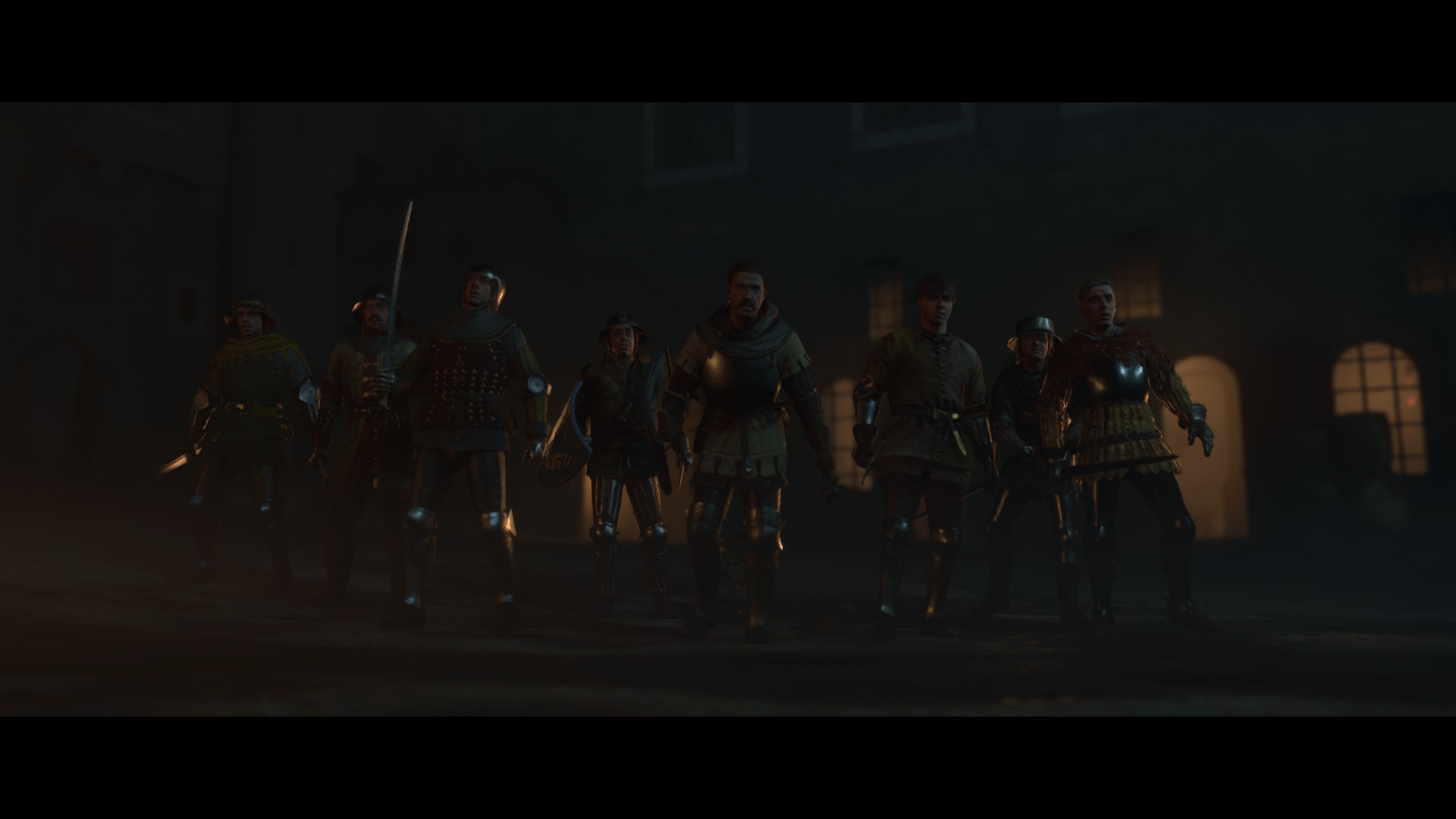
The first game had great cutscenes, but now they’ve perfected them. There’s masterful direction at play here. Occasionally, you control a second character, and the transitions between the two are so seamless I couldn’t help but applaud.
I’m holding back spoilers, but trust me, there’s so much more I could say.
Everyone involved in this project poured their heart into it—you can feel their dedication. A prime example is Luke Dale, who plays Hans Capon. The guy even changed his social media usernames to his character’s name!
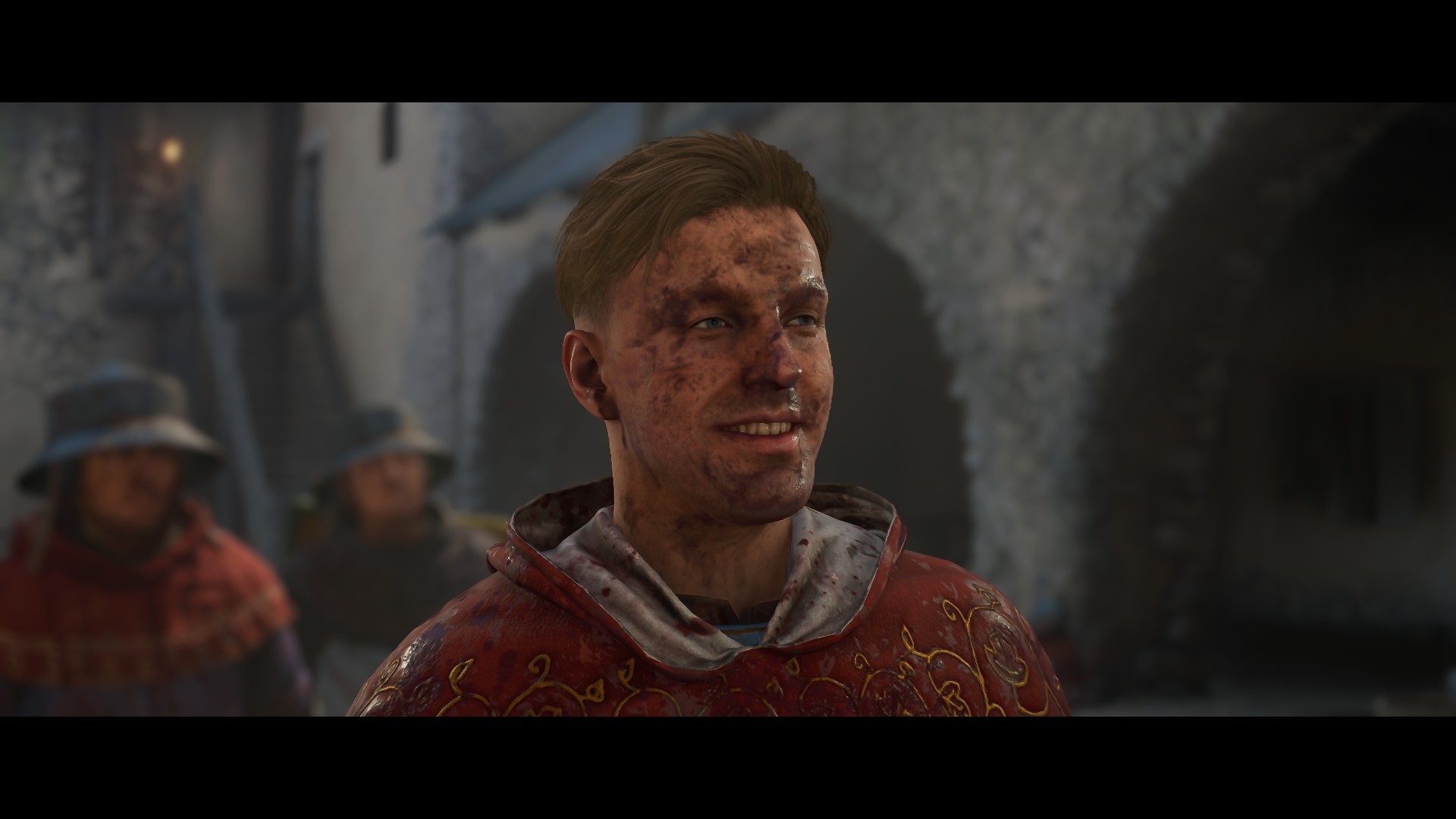
Kingdom Come: Deliverance II isn’t a big-budget blockbuster. Its budget sits at $30–40 million—by comparison, that’s less than a tenth of Cyberpunk 2077’s budget. For a relatively modest production, the quality is staggering.
Low-budget games often pour their resources into one area and skimp on the rest just to get by. Not here—Kingdom Come: Deliverance II excels in every department. I’m currently playing Assassin’s Creed Shadows, and its main character’s performance doesn’t even match a side character from this game.
Big players like PlayStation and Xbox have been griping about rising development costs, but this game proves you can do wonders on a smaller budget. Lately, studios in Europe and America have hit an economic wall—ballooning budgets and development times haven’t matched the quality of output. Here’s hoping Kingdom Come: Deliverance II inspires more games like it.
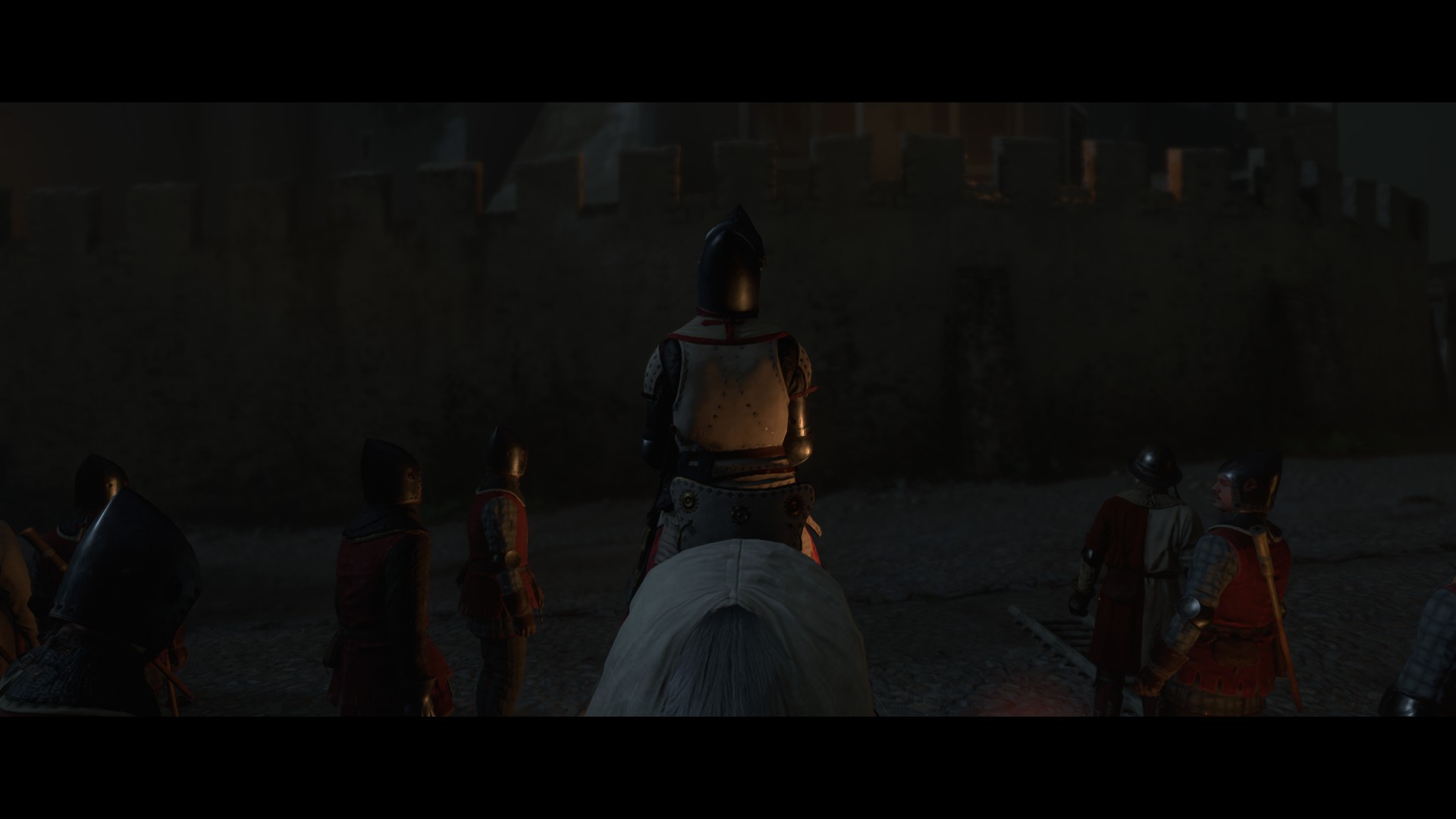
And don’t think its lower budget means a short game. Focusing on the main story with minimal side quests, I finished it in 50 hours. With side content, it easily hits 100 hours. At first, the map felt smaller than the first game’s, but then I discovered there’s a second map. About 40% of the game takes place on the first map, with 60% on the second. You can revisit the first for side quests, but the main story doesn’t require backtracking.
Finding a Flaw to Keep the Format
I write my reviews in a specific format: listing pros, cons, and a score. The pros were easy to write, but when it came to cons, I drew a blank. An empty cons section messed up the layout, so I decided to nitpick the save system.
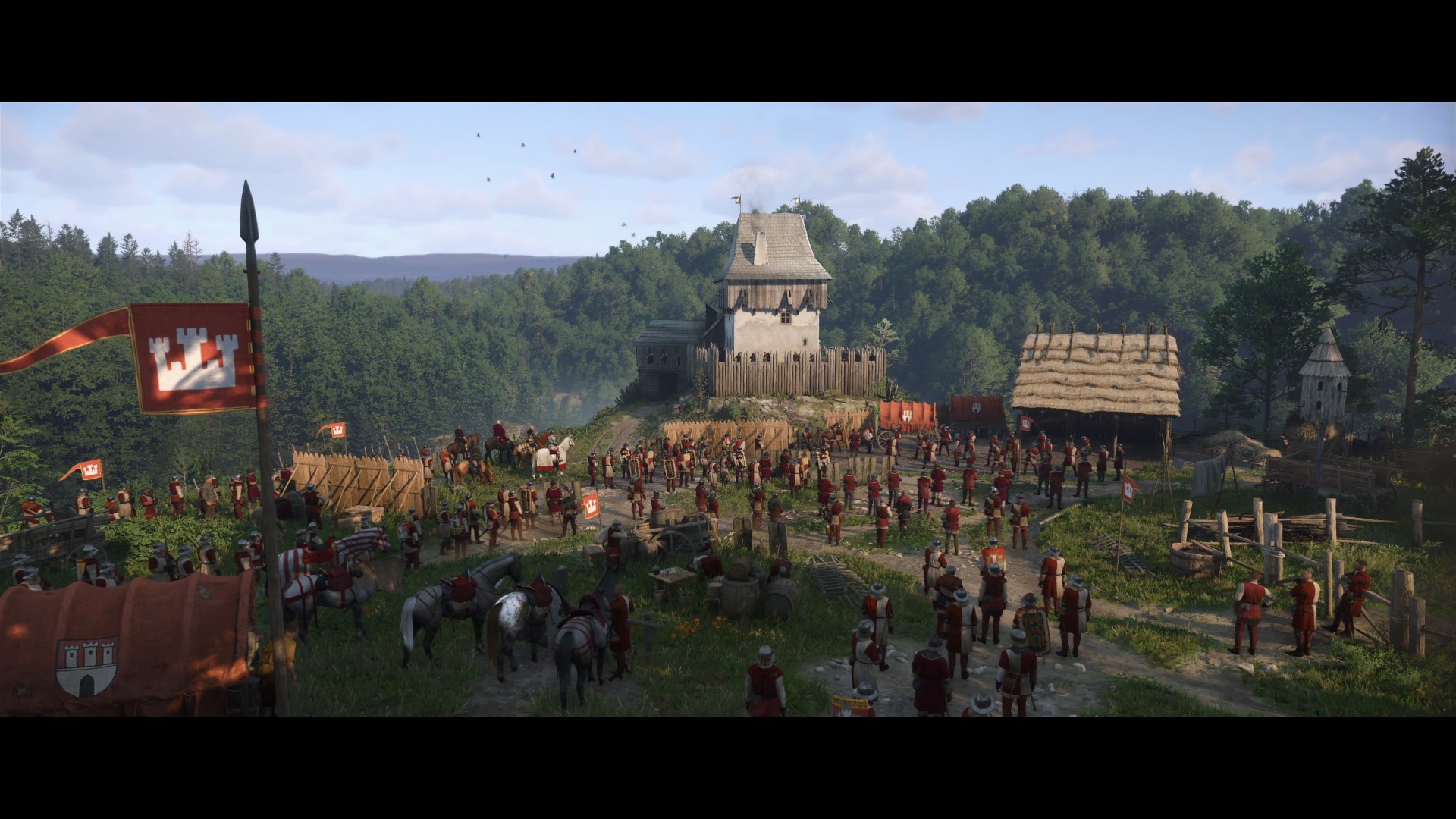
You can’t save whenever you want. The game either auto-saves during quests, saves when you sleep in a bed, or lets you save by drinking a rare potion called Savior Schnapps—which isn’t easy to come by, especially early on. You’re playing, making progress, and then a group of bandits kills you—bam, you’re back at sunrise. It’s frustrating. My workaround? I’d quit and restart the game before risky moves since it auto-saves on exit. Pro tip: try it.
Conclusion
Kingdom Come: Deliverance II completes the first game’s unfinished story as a cinematic masterpiece from start to finish. It’s a strong contender for Game of the Year. If you love realistic games, I wholeheartedly recommend it—but don’t play it without experiencing the first game. This is a direct sequel, and while it tries to recap the original’s events, it’s not enough. There’s a neat opening sequence where you revisit your choices from the first game.
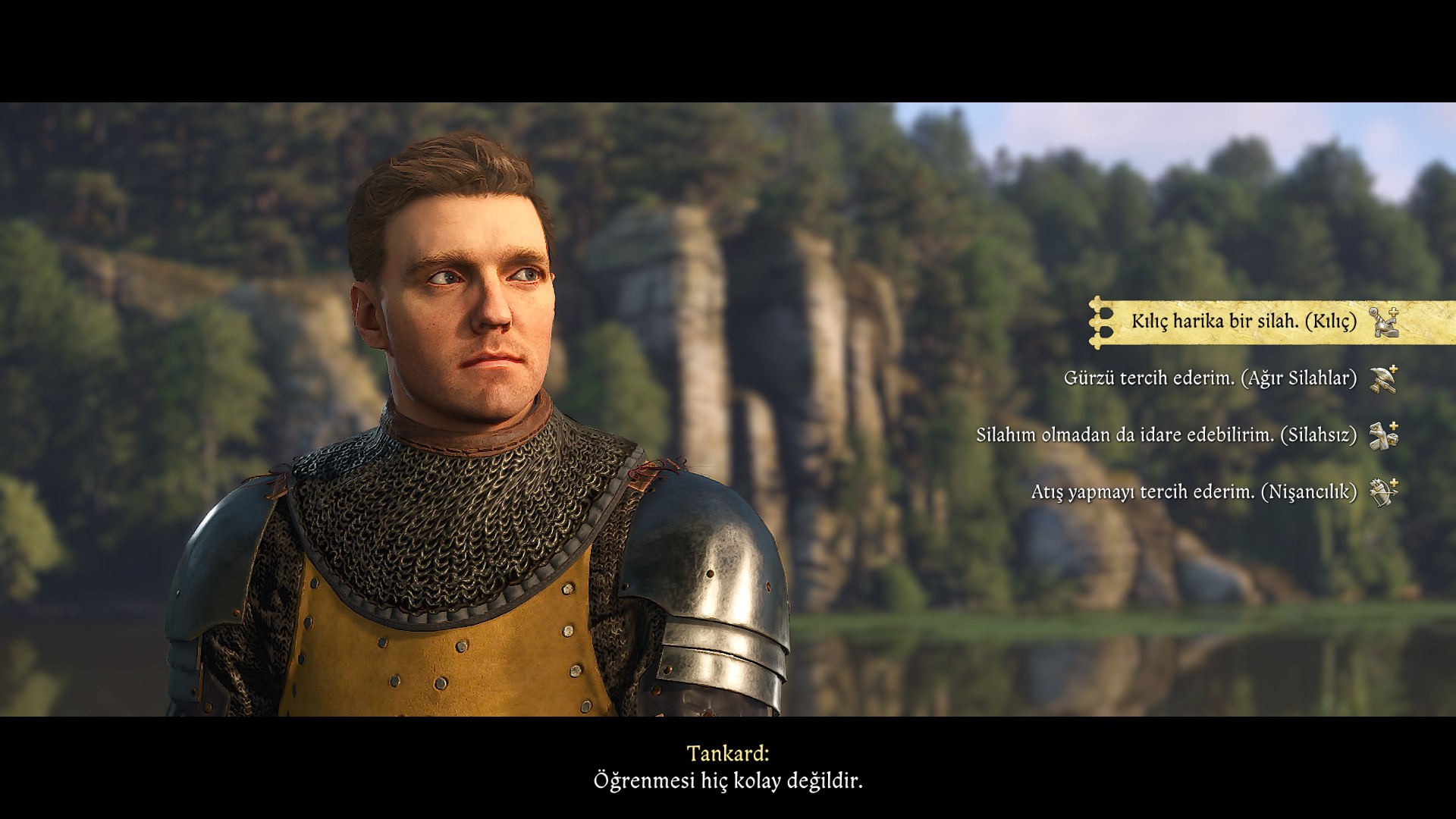
“Remember when this happened? What did you do back then?” it asks, letting you reselect key decisions while summarizing the past. Still, a brief recap can’t fully capture the first game’s depth.
The story picks up just two days after the first game’s finale. Hans Capon and Henry, who embarked on a journey at the end of the original, arrive at their destination as this game begins. I’ve seen folks online say you can skip the first game, but I strongly disagree.
And finally, audentes fortuna iuvat—fortune favors the bold.


